At the scientific workshop "Dual energy transition for green and sustainable development in the rising era", organized by the Institute of Energy Technology (Hanoi University of Science and Technology) on the afternoon of October 10, leading domestic and international experts together sketched a panoramic picture of the future path of Vietnam's energy industry.
This is a journey that is not simply a transition from fossil energy to renewable energy, but a comprehensive "dual transition", combining green energy and digital transformation.
According to experts, "dual transformation" in the energy sector is an inevitable trend to ensure a prosperous, self-reliant and sustainable future for the country.
Speaking at the opening of the workshop, Associate Professor Dr. Dang Tran Tho, Director of the Institute of Energy Technology (University of Technology) shared: “In the context of the world witnessing a dual energy transition - both a shift in energy structure and a shift in technology and management methods, choosing this topic is not only a scientific requirement, but also our concern and commitment to the future of sustainable development of the country.
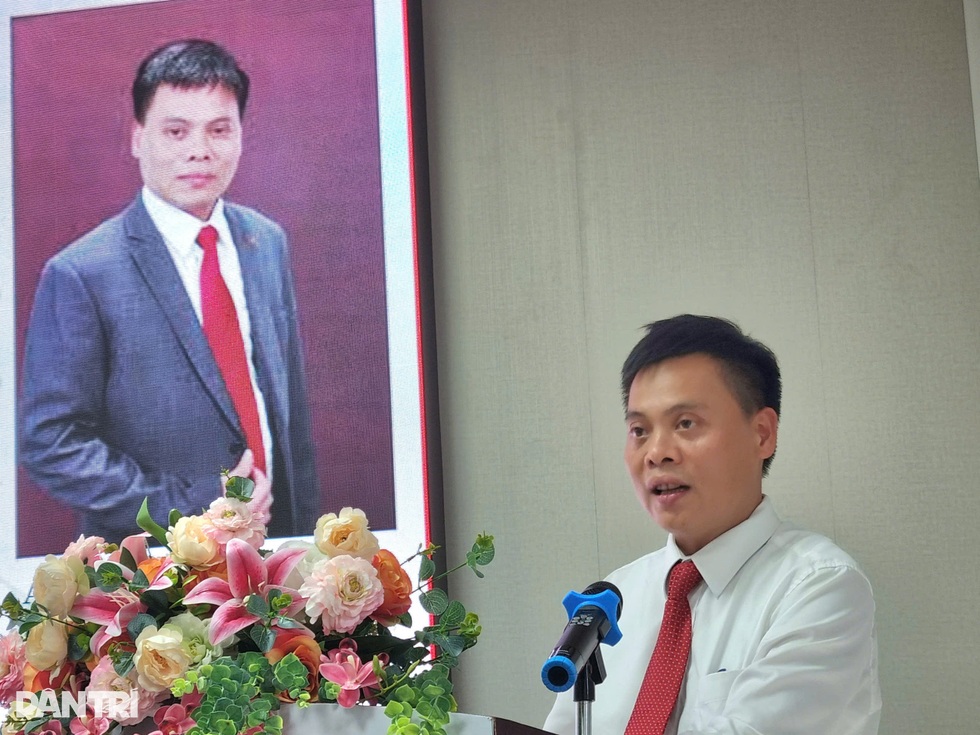
Associate Professor, Dr. Dang Tran Tho, Director of the Institute of Energy Technology, delivered the opening speech at the workshop (Photo: Trung Nam).
Energy has always been the lifeblood of the economy . But for sustainable development, we cannot continue to follow the path of "growth first - treatment later".
According to Associate Professor Dr. Dang Tran Tho, the world is entering the era of clean energy, circular economy and carbon neutrality, where every decision today will affect the energy ecosystem of many future generations.
Policy orders
The foundation for Vietnam's energy revolution is firmly built on the Party's guidelines and policies and the State's policies.
Dr. Vo Thanh Phong, Deputy Director of the Department of Science and Technology, Central Propaganda and Mass Mobilization Commission, emphasized that the Party has identified the problem early and considered energy transition as a key factor.
The most important milestone is Resolution No. 70-NQ/TW of the Politburo on ensuring national energy security until 2030, with a vision to 2045. Compared to previous resolutions, Resolution 70 is a breakthrough when emphasizing the "dual energy transition", setting two core goals: Ensuring energy security with a reserve capacity of up to 15% by 2030, and green development through reducing fossil fuels and increasing the proportion of renewable energy to 25-30%.
Mr. Vo Thanh Phong pointed out a system of related resolutions, forming a synchronous policy framework. From Resolution 24 in 2013 laying the foundation for a green, circular economy, to Resolution 57 identifying science and technology as the "key driving force" for green transformation and now Resolution 70. All are aimed at Vietnam's strong commitment at COP26: Achieving net zero emissions by 2050.
However, the road ahead still has many challenges, according to Mr. Phong, such as the lack of synchronization in the power grid infrastructure, the lack of an energy storage system, and especially the huge capital demand.

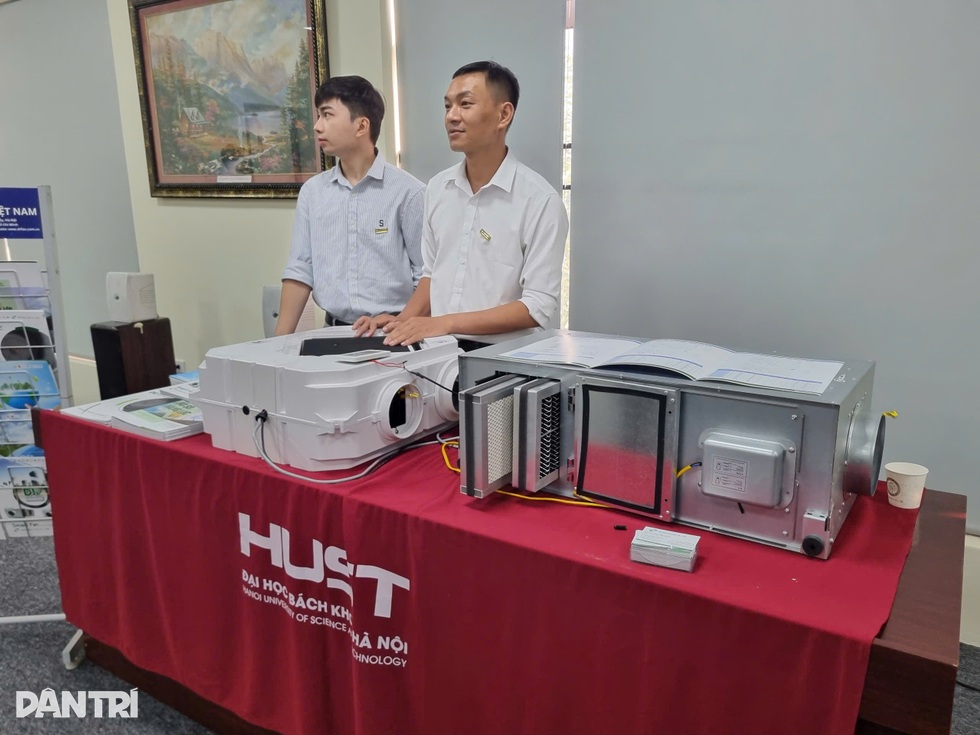
It is estimated that Vietnam needs about 368 billion USD to achieve the Net Zero target by 2050, while domestic resources can only mobilize 10-15%. In addition, inconsistent policies and a lack of a clear legal framework are barriers for long-term investors.
Pillars of Vietnam's energy future
If policy is the compass, technology is the tool to turn goals into reality. At the workshop, experts clarified the key technology pillars that will shape Vietnam's energy future.
- Material building
Sharing from an international perspective, Professor Pásztory from the University of West Hungary pointed out a "culprit" of huge energy consumption: the construction industry, which accounts for up to 40% of total global carbon emissions.
Of this, 23% comes from operational energy (cooling, heating, lighting) and the remainder is energy contained in the material production process.
To achieve carbon neutrality and even carbon negative, we must tackle two issues at the same time, Professor Pásztory stressed:
Minimize Embodied Energy: Prioritize the use of bio-based materials such as bamboo and wood instead of cement and aluminum. These natural materials not only require less energy to produce but also have the ability to absorb carbon from the atmosphere.
Optimize operational energy: Increase energy efficiency, increase the share of renewable energy and develop efficient energy storage solutions.
He presented impressive practical projects in Hungary, such as a demonstration building using wood materials to reduce carbon footprint and especially a seasonal heat storage system, capable of storing solar energy from summer for heating in winter, with insulation up to 60cm thick.
Another breakthrough solution is a system that uses thermochemical materials (TCM) and ammonia, which can simultaneously generate both hot energy to boil water and cold energy to cool, with performance that does not degrade over time like electrochemical batteries.
- Energy storage
As renewable energy (solar, wind) becomes increasingly important, their instability poses a difficult problem for the grid. The solution, according to Dr. Pham Tung Duong from the Institute of Energy Technology, lies in the Battery Energy Storage System (BESS).
Mr. Duong likened the idea of professors from the 1990s: "Why don't we make a really big battery, charge it at night when electricity demand is low and discharge it during the day when demand is peak?" This would help "flatten" the load curve, reducing the number of power plants that have to be built just to serve peak hours.
Today, that idea is becoming a reality thanks to a battery manufacturing revolution in China. Battery prices have fallen dramatically, from $800/kWh in 2013 to just $115/kWh in 2024, opening up opportunities for BESS projects to pay back in just two to three years, while battery life is guaranteed for up to 10 years.
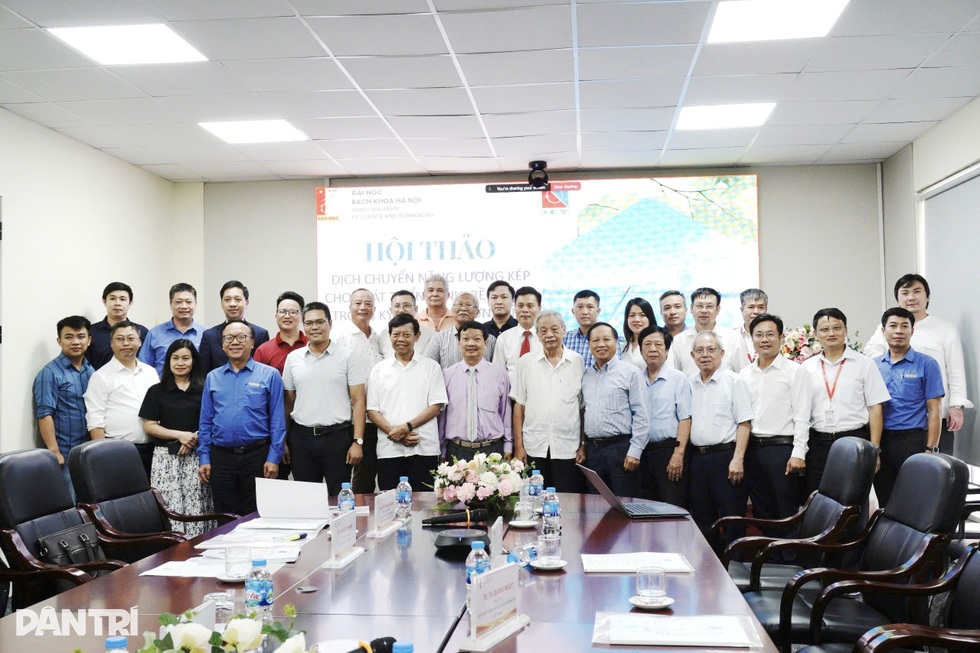
The workshop gathered leading experts in the energy field in Vietnam (Photo: Le Ngoc Huyen).
BESS applications are extremely diverse: from household scale, commercial - industrial (CNI), to electric vehicle charging stations and large-scale systems for the grid. Despite the great potential, the current situation in Vietnam is still in the early stages, mainly pilot projects.
- Digital transformation
“Digital transformation” is the second part of the “double transformation” equation. Mr. Nguyen Huu Hung, Deputy Head of Technical Department of Vietnam Oil and Gas Power Corporation (PV Power), provided a vivid practical example of applying digital technology to improve the operational efficiency of power plants.
Mr. Hung said that with fuel costs accounting for more than 80% of the production costs of a thermal power plant, performance management is paramount. PV Power has implemented a comprehensive performance management program, using advanced software platforms such as PI System to collect and monitor real-time operating data from all plants.
The core of this system is to turn dry technical parameters (temperature, pressure, flow) into specific financial numbers.
Any deviation from the optimal target is converted into money, for example, a higher than target flue gas temperature can cause a loss of 723 million VND per day.
More importantly, these performance indicators (KPIs) are directly tied to the compensation of each factory, each department and each individual, creating a strong motivation to operate effectively.
PV Power's vision is to establish a remote production control center (Operation Command Center), which can control all factories nationwide from Hanoi.
- Sustainable cooling
Besides electricity generation, a huge and often overlooked area of energy consumption is refrigeration and air conditioning.
According to Associate Professor Dr. Nguyen Viet Dung, Vietnam Refrigeration Science and Technology Association, this sector not only consumes electricity but is also a major source of emissions of substances that deplete the ozone layer and cause a strong greenhouse effect. One kilogram of refrigerant leaked into the environment can cause harm equivalent to thousands, even tens of thousands of kilograms of CO2.
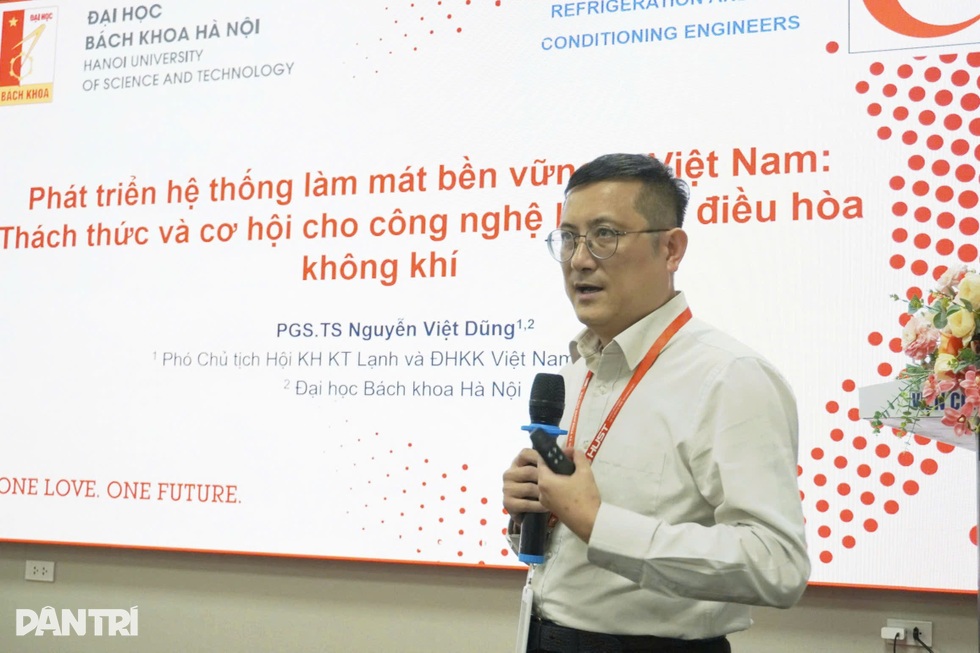
Associate Professor, Dr. Nguyen Viet Dung, Vietnam Refrigeration Science and Technology Association presented a paper at the conference (Photo: Le Ngoc Huyen).
The demand for cooling is growing explosively due to urbanization, climate change and the growth of data centers. By 2030, the cooling sector is expected to consume more than 30% of total global electricity production.
Fortunately, Vietnam has very progressive management policies and is a leader in the ASEAN region. We are managing refrigerants throughout their life cycle, from import, use to recovery and recycling.
At the same time, a clear roadmap has been issued to phase out equipment using old, inefficient and environmentally unfriendly technology.
However, the biggest challenge is that there is no perfect refrigerant - effective, safe and environmentally friendly. This requires individual solutions for each specific application and especially a team of highly skilled technicians to handle new and complex technologies.
- Human factor
All of the above policies and technologies cannot be successful without the decisive factor of human. Associate Professor Dr. Huynh Quyet Thang, Director of Hanoi University of Science and Technology, emphasized the central role of education and training in this transition.
Mr. Huynh Quyet Thang shared about the strategy of Hanoi University of Science and Technology, focusing on two main goals: Training talents for the country and providing "practical, practical" human resources.
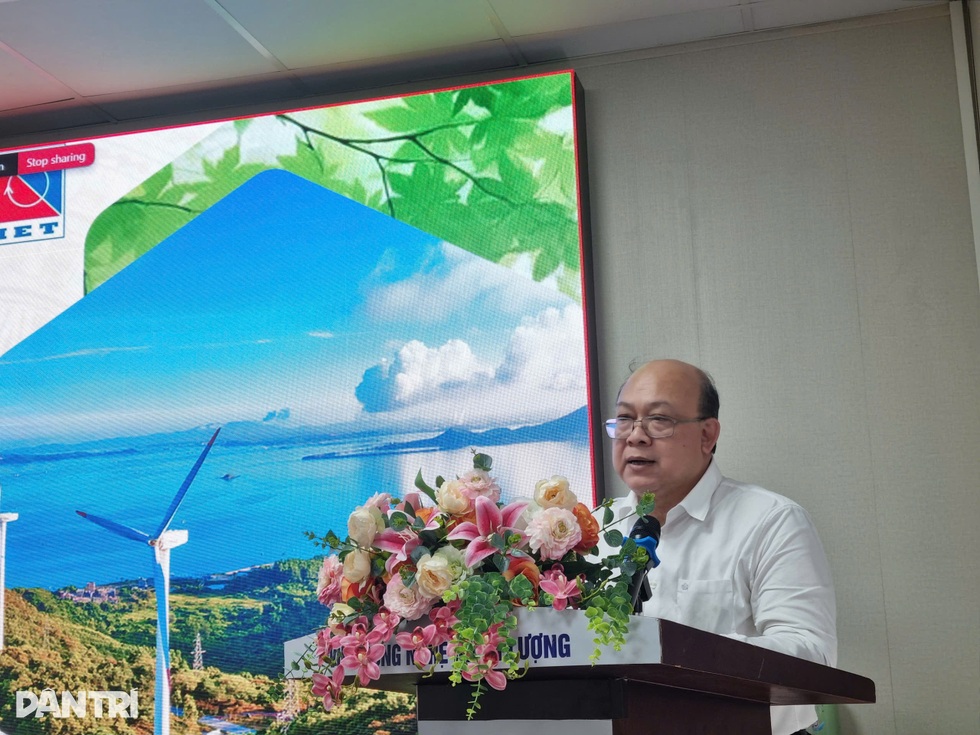
Associate Professor Dr. Huynh Quyet Thang, Director of Hanoi University of Science and Technology, emphasized the central role of education and training in this transition (Photo: Trung Nam).
“Talents” are defined as students who dream of becoming scientists, great technology experts or have the desire to start a business. “Real-life” forces are engineers who are able to work right in businesses and industrial zones.
To meet the urgent needs of the energy industry, Hanoi University of Science and Technology has created a specialized engineering training model. Accordingly, bachelor graduates can study for about 1 more year, including 6 months of practical work at enterprises, to become experts in narrow fields such as new types of energy.
Associate Professor Dr. Dang Tran Tho, Director of the Institute of Energy Technology, emphasized that in the new period, the Institute will continue to promote strategic research directions such as hydrogen technology, solid-state energy storage, and AI applications to optimize energy systems.
He called for close cooperation between scientists, businesses and management agencies to "join hands to create a green energy future for Vietnam, a prosperous, self-reliant and sustainable Vietnam".
Vietnam's dual energy transition journey is full of challenges, but through the dedicated sharing of experts, it can be seen that a path has been clearly outlined. It is a "feasible mission", built on a solid policy foundation, breakthrough technological solutions and most importantly, the will and intelligence of the Vietnamese people.
Source: https://dantri.com.vn/khoa-hoc/chia-khoa-dich-chuyen-kep-dam-bao-an-ninh-nang-luong-viet-nam-20251011121228295.htm





![[Photo] Discover unique experiences at the first World Cultural Festival](https://vphoto.vietnam.vn/thumb/1200x675/vietnam/resource/IMAGE/2025/10/11/1760198064937_le-hoi-van-hoa-4199-3623-jpg.webp)


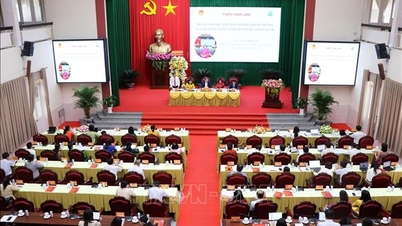




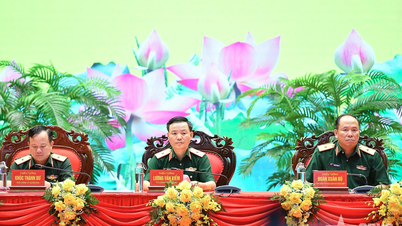

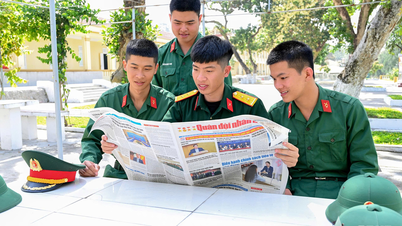







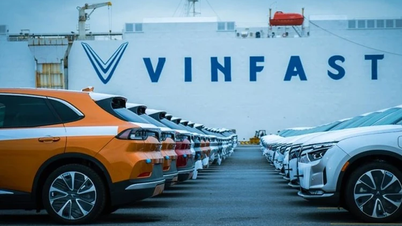










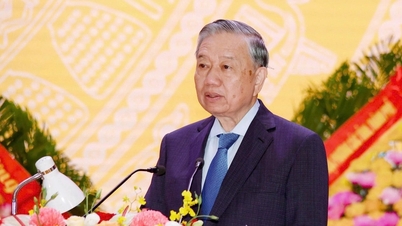
![[Photo] General Secretary attends the parade to celebrate the 80th anniversary of the founding of the Korean Workers' Party](https://vphoto.vietnam.vn/thumb/1200x675/vietnam/resource/IMAGE/2025/10/11/1760150039564_vna-potal-tong-bi-thu-du-le-duyet-binh-ky-niem-80-nam-thanh-lap-dang-lao-dong-trieu-tien-8331994-jpg.webp)






























![[Photo] General Secretary attends the 80th Anniversary of the Traditional Day of the Armed Forces of Military Region 4](https://vphoto.vietnam.vn/thumb/402x226/vietnam/resource/IMAGE/2025/10/12/1760265970415_image.jpeg)


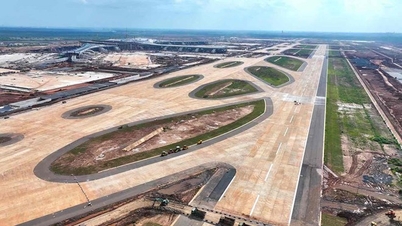
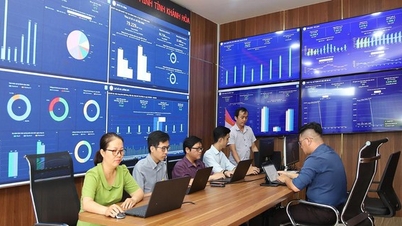

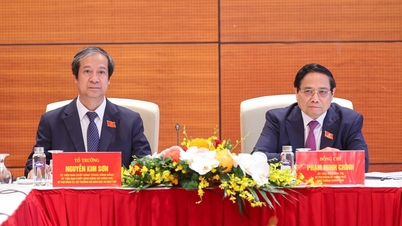


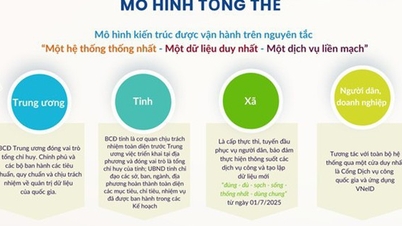

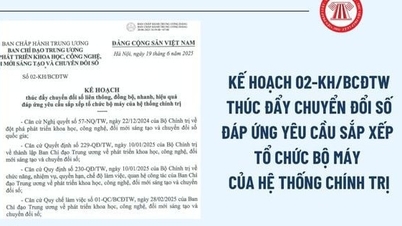
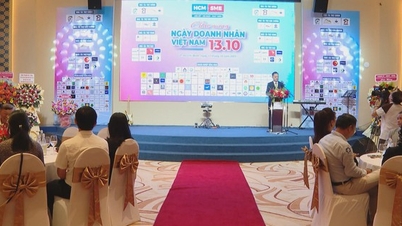



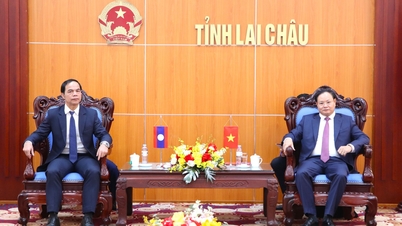
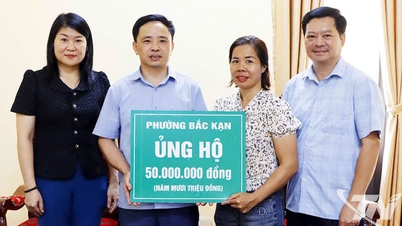

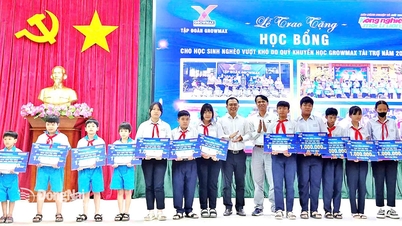
















Comment (0)